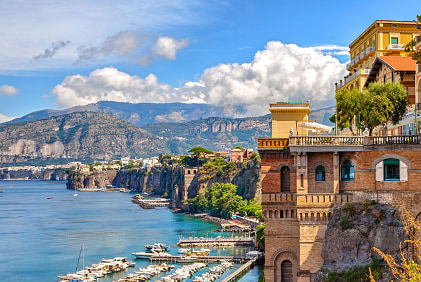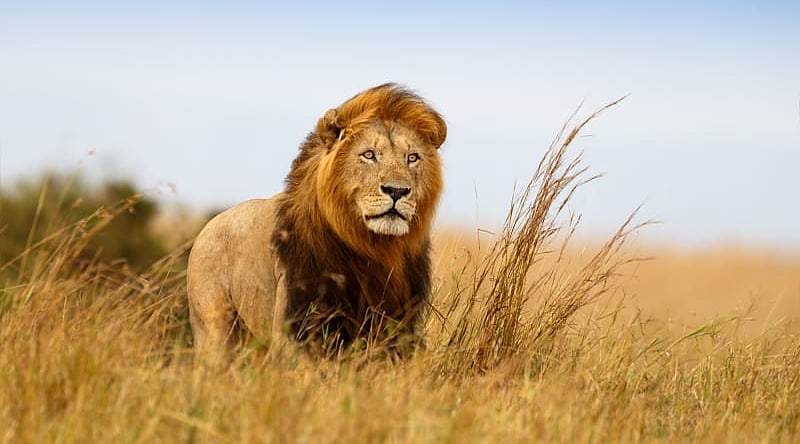The northern circuit is Tanzania’s most popular safari route. Four contiguous national parks provide distinctive safaris and it is easy to connect them on a multi-day overland tour. Starting out of Arusha, you would spend a couple of nights at Tarangire National Park or Lake Manyara, before continuing on to the Ngorongoro Crater. The crater can be explored in one day and accommodation is usually set outside the reserve. Ending a northern circuit safari in the famous Serengeti is a highlight.
The southern parks are great for visitors who want to escape the crowds or extend their safari experience by exploring other regions. Travel times are longer and the infrastructure isn’t as good as it is in the north. However, parks like Mikumi, Ruaha, and Selous are among Africa’s most untouched and underrated treasures. Safari flights provide fast and direct connections between parks in the north and south, making it possible to combine the regions on a seven- to 10-day trip.
For those looking for even more adventure, perhaps second- or third-time safari-goers, western Tanzania is completely off the beaten track and best for chimpanzee trekking, notably in the Mahale Mountains and the quieter regions of Katavi National Park.
Let us not forget that Tanzania is home to the mesmerizing Mount Kilimanjaro, and guests can choose to simply drive by and take it all in from a distance or climb the mountain via various routes, either as a pre- or post-safari adventure.
What better way to relax after a Tanzanian safari than to spend some time on the white beaches of Zanzibar? Located offshore in the Indian Ocean, the island presents a fabulous cultural history and combines perfectly with Tanzanian and Kenyan safari destinations.
Learn more: Best Places to Visit in Tanzania on Safari



























